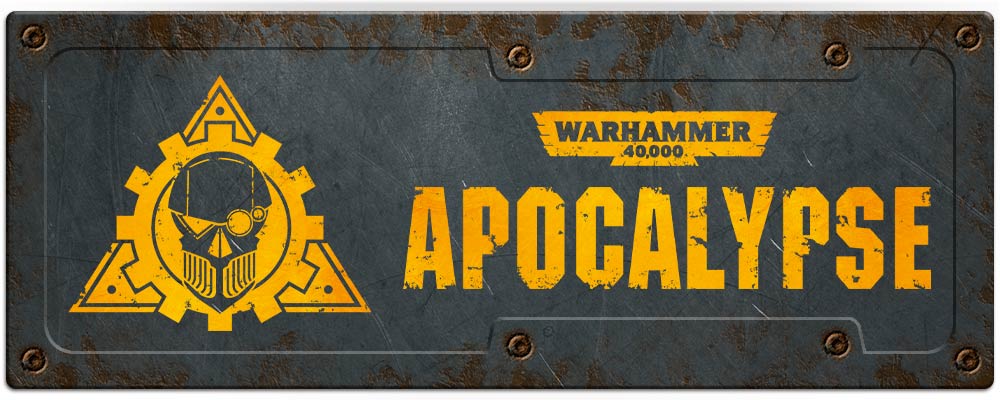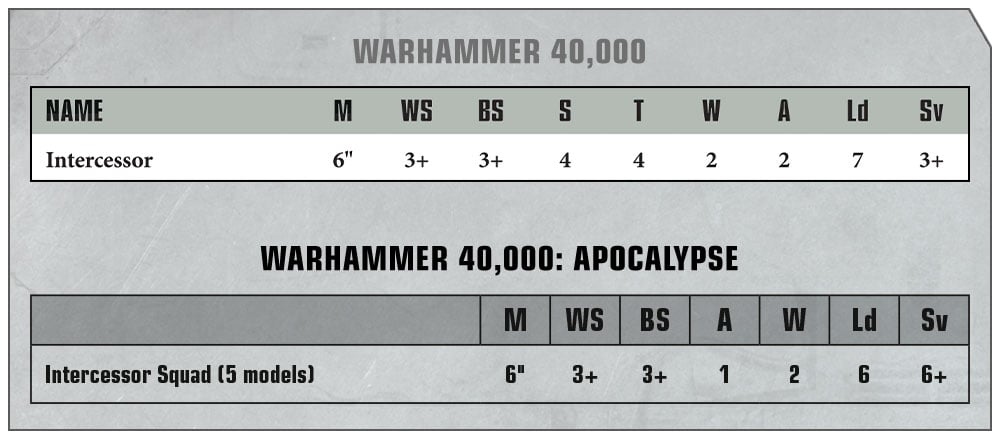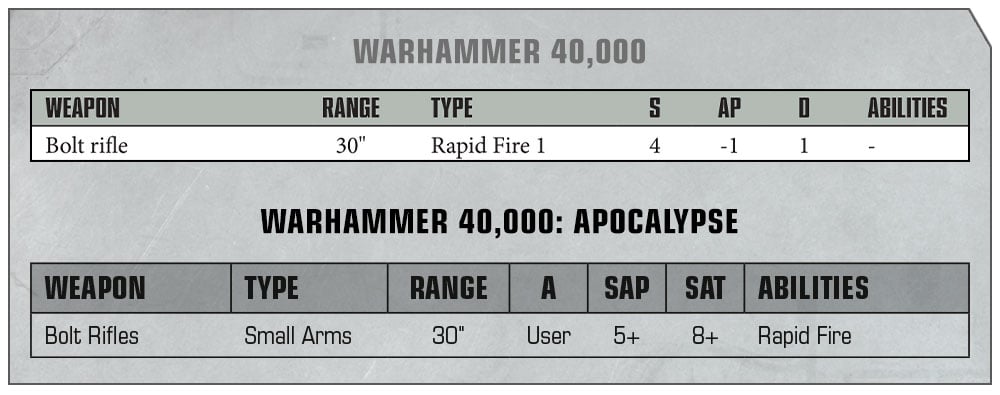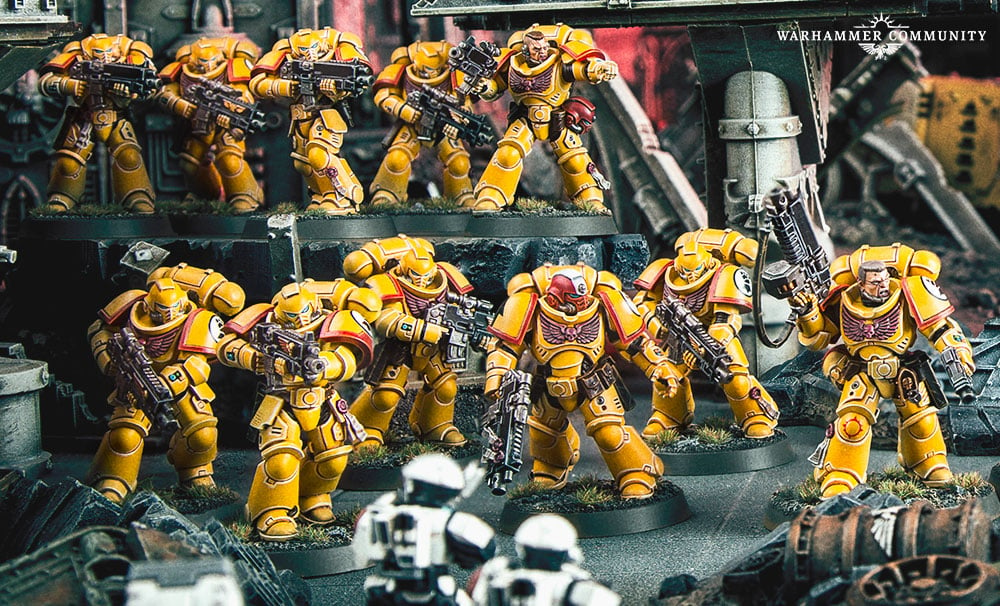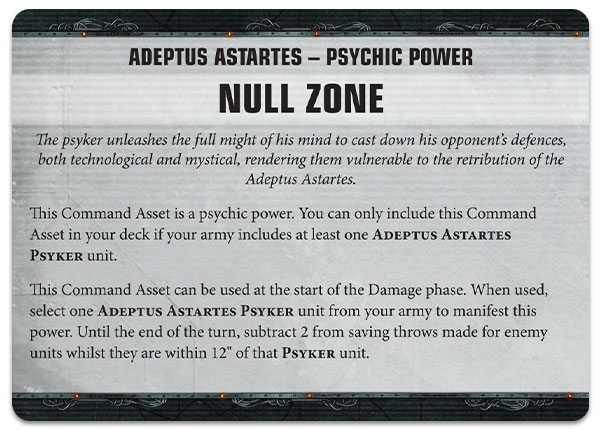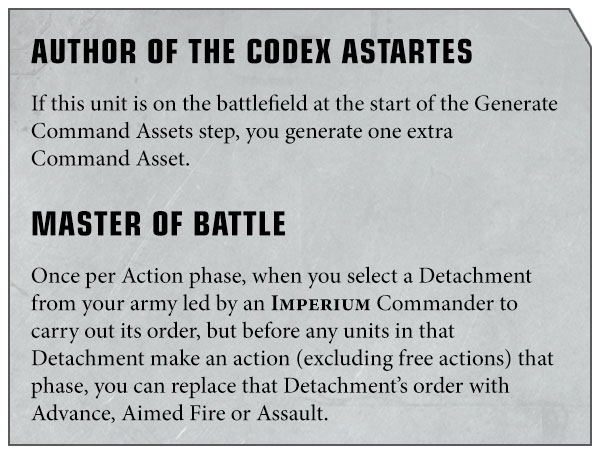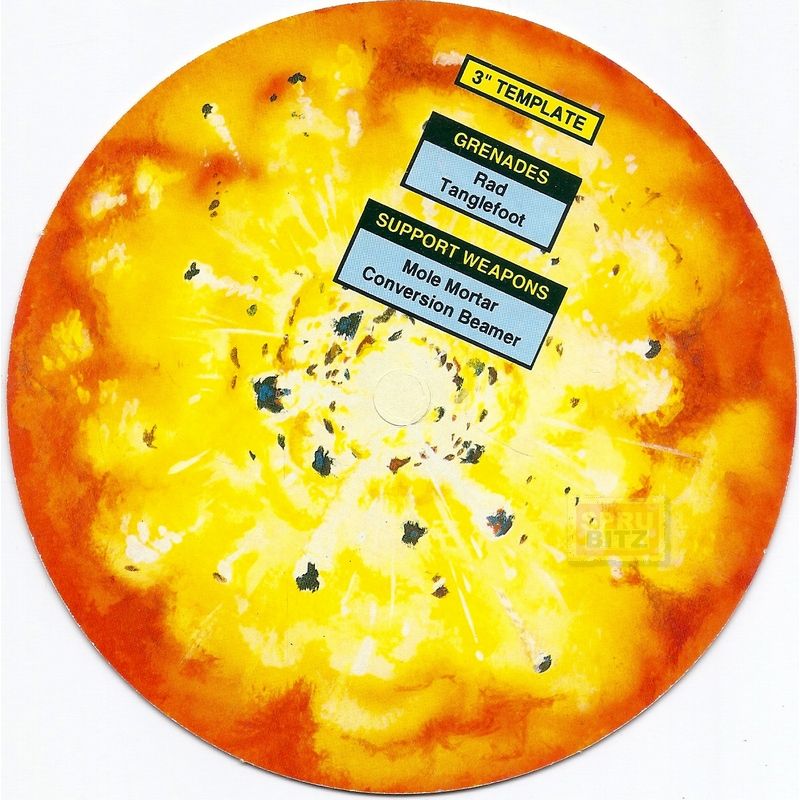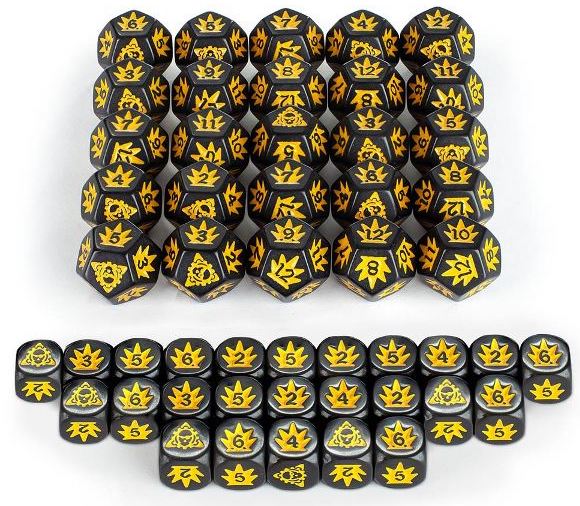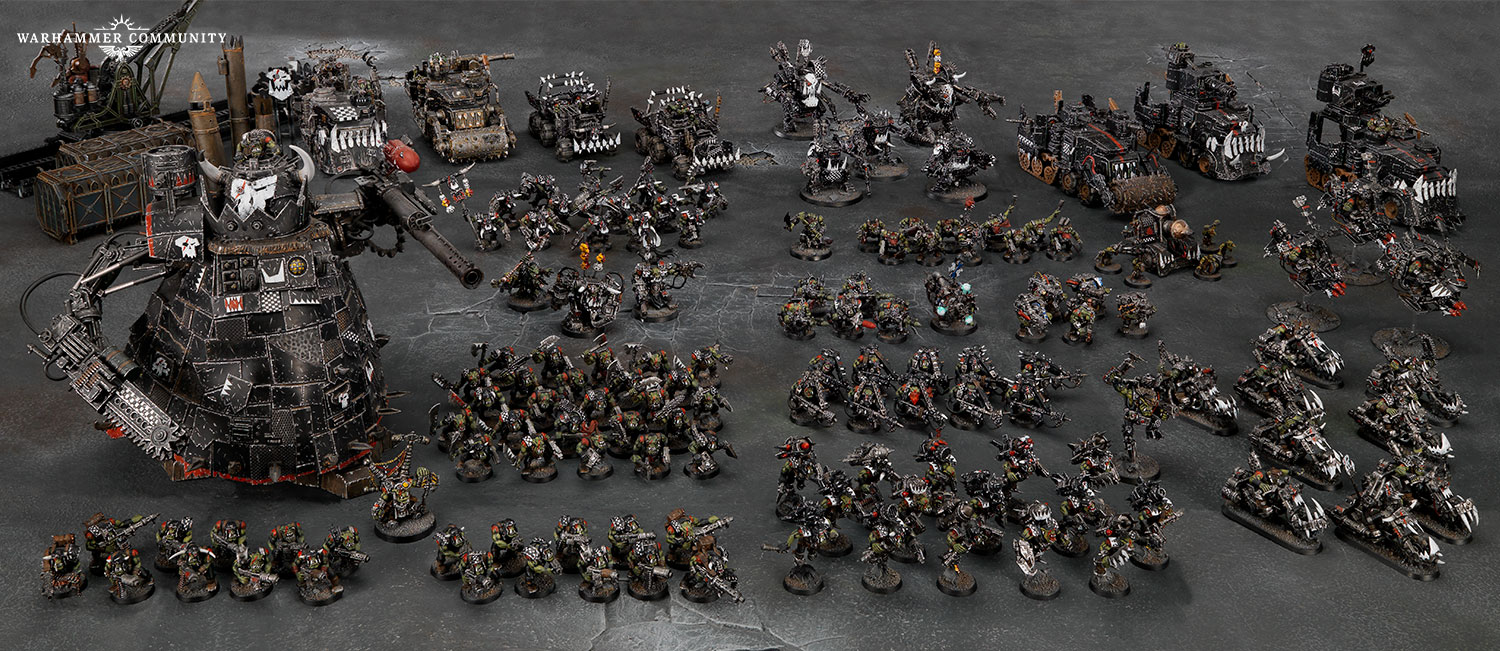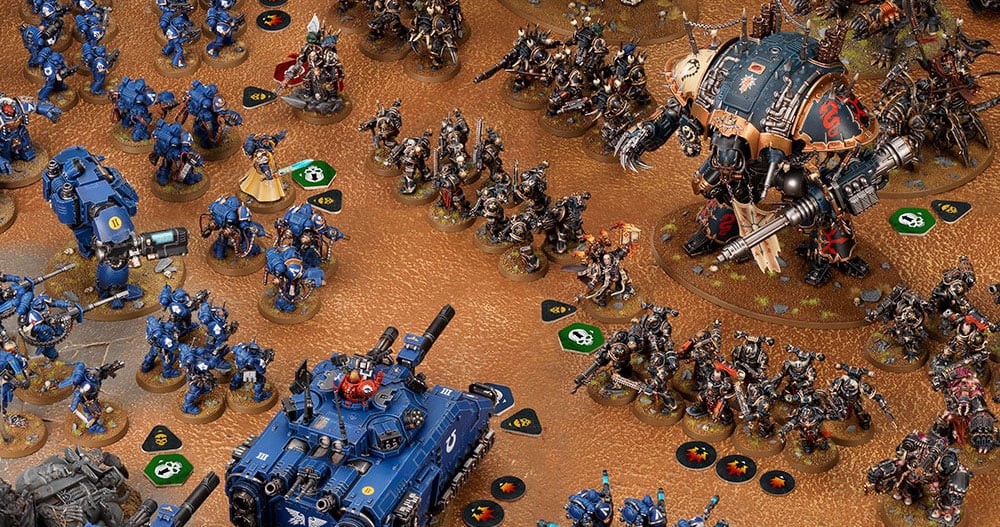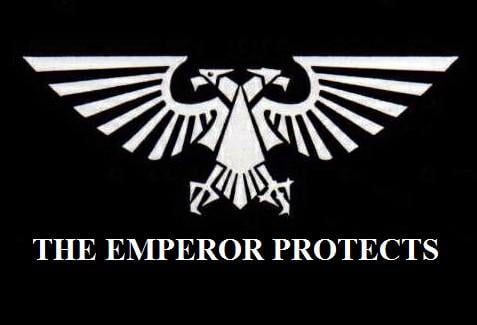40K: 8th Edition Could Learn a Thing Or Two From Apocalypse
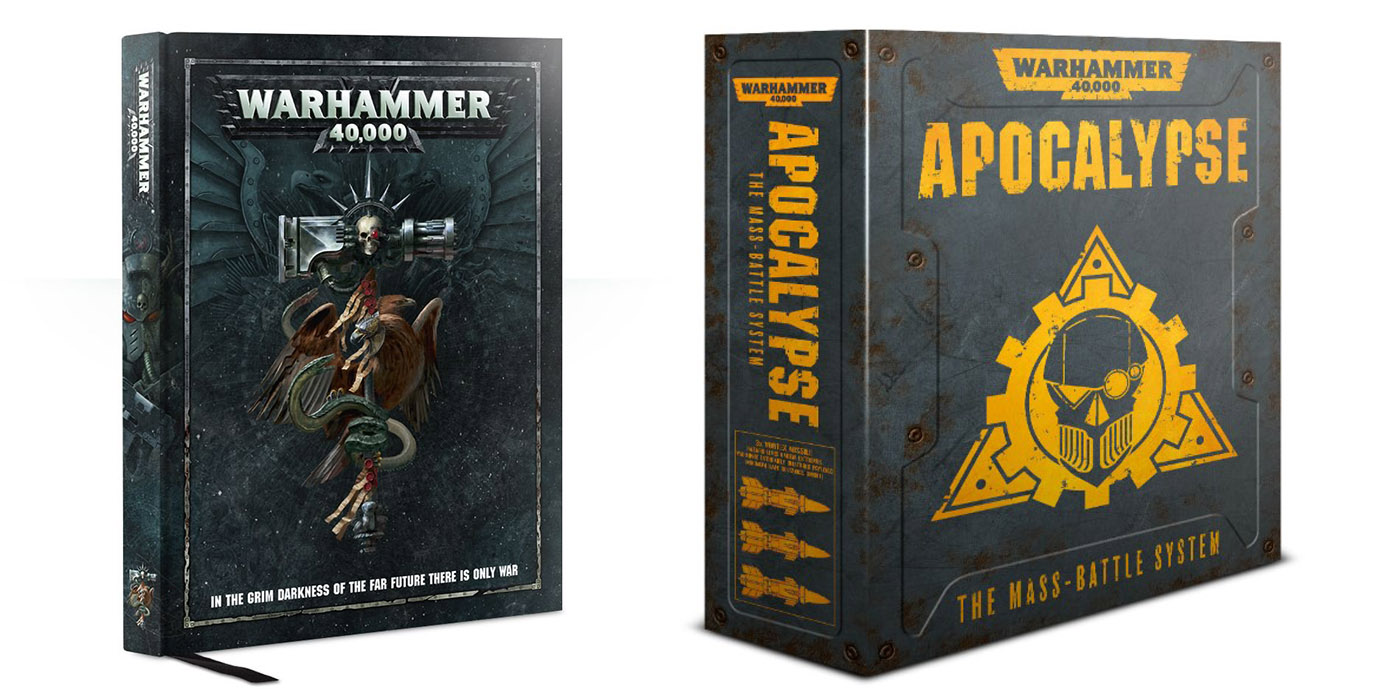

Let’s talk about what we know about Apocalypse and what 8th could learn from it.
Apocalypse is a return to the mass battles of older editions. In the past, the Apocalypse title has gone to supplements of the core 40K rules that modify them to accommodate larger scale games. This time around Apocalypse (3rd edition?) is promising to deliver an entirely new and separate game from 40K. I’ve been going over the various previews we’ve gotten, and the hints are pointing to a quick but still pretty in-depth game with a lot of features I wish core 40K had. Let’s go over some of what we’ve been able to glean and talk about why this will make a for a tactical game.
The Basics
Apocalypse is a mass battle system set in the 40K universe and using the same models and armies. Its rule set is going to be entirely different from that of 40K. It’s based around detachments and uses a modified version of alternating activation. From what we can tell, players are going to buy several detachments to use in an army. We don’t know what actually goes into a detachment, but the names they’ve mentioned are the same as those used in 40K – Battalion, Vanguard, Spearhead, etc.. The Apocalypse bundles they’ve announced should give you some idea of what they think a detachment could look like.
The Stats
As this is a whole new game, Apocalypse is going to use a whole new set of unit datasheets and the very stats of a unit, or its weapons, have changed. Here is the basic example of what a squad of Intercessors looks like:
You’ll notice that the stat line is pretty similar, with the most significant change being the remove of S and T. That’s done because as we will see below all weapons have their own intrinsic wound value, much like AoS, and it’s not based on comparing anything. You’ll also notice that there doesn’t seem to be any rules (so far) for sergeants or anything like that. While that might get added in the full rules, I could totally see that level of detail simply be abstracted out at this scale. You can also see that the Intercessor’s save has gone from a 3+ to a 6+. One thing that is not clear at this point is what kind of dice that save is taken on. Apoc uses both d6s and d12s. I’m guessing the to hit roll is still made with a d6. Otherwise, Intercessors are extremely accurate. On the other hand, I would guess that the save is made on a d12. This would make the most sense to me – if it was made on a d6 that wouldn’t leave much room for worse than power armor to give a save at all.
We can also see that weapon profiles have changed. There are a couple of types of weapons – we know of small arms, melee and heavy so far. In addition weapons now how two “to wound stats”: SAP and SAT. SAP is what the weapon needs to roll, on a d12, to wound personnel (infantry) and SAT is what is needed to wound tanks. Weapons can also have abilities, though we don’t know a ton about them yet.
The Turn 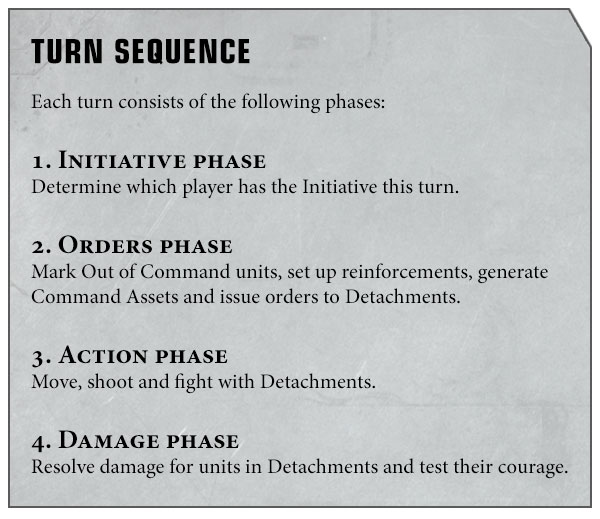
The turn order is done a little differently than in 40K so let’s break it down here.
Initiative Phase
This seems pretty simple. I’d guess there will also be effects that either trigger or end during this phase.
Orders Phase
This bit here gives us a few interesting tidbits. First, you Mark Out of Command units. If I had to guess this means has to do with detachment cohesion. We know the model with the highest leadership in each detachment is the commander. If I had to guess, I’d say that units within a certain distance of their detachments commander are “in command” and those outside of the distance are “out of command.” I’d also guess that being out of command has some significant penalties, maybe you don’t benefit from detachment orders, perhaps you can’t be affected by command assets, maybe you take an LD hit, or maybe you can’t activate.
Next, it says you generate command assists. So far we know you get one command asset per warlord in your list, plus some extra from special rules like having Guilliman. Now looking at the Null Zone power shows us that command assets come from a deck that you seem to build pre-battle. The wording of ‘generate’ makes me think you have your deck and draw some number of assets each turn, and that you can use during the turn. The lack of any kind of point cost on the card suggests you’re not paying anything to use it. There could be other ways to generate things, but this is my guess.
Lastly, you issue orders to detachments. Not a lot of detail on these, but it seems that each detachment can be affected by an order each turn which does something to it. From Guilliman’s rules, we can determine that three of the orders are Advance, Aimed Fire and Assault. These orders might give you a small bonus, or unlock actions (such as advancing) that you can take.
Action phase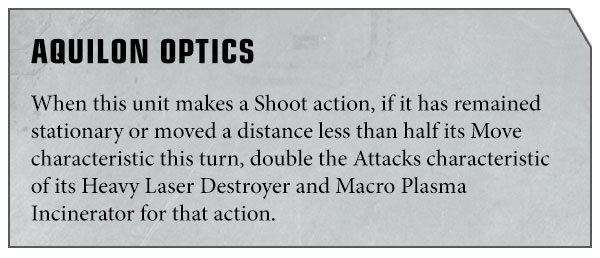
The action phase seems to be the heart of the game. Players take it in turns to activate detachments. One player will activate a detachment, move, shoot, and fight with the whole detachment; then the next player will do the same. From what we can gather, players do this till all detachment have been activated. From the wordings of the Aquilon Optics rule, it sounds like the order of these in the same as in 40K. With a unit, or maybe a full detachment, moving first, then shooting, and lastly fighting if needed.
Damage Phase
Damage and leadership are resolved during this phase. As Null Zone shows, some effects can take place during this phase. Now let’s talk about what an attack might look like.
What Does Attacking Look Like?
While it’s not spelled out, we do have enough information to get an idea of what an attack will look like in Apoc. After picking a target, no idea what rules are being used for that, you’d roll to hit with your unit’s weapons, making one to hit roll for each attack. Hit rolls still go off of WS or BS, and I’m guessing they are using D6s. Once the attack has hit you then need to determine if you are going to use SAP or SAT, this will be based on your target’s unit type. Using a D12, you need to roll equal to or greater than your target number. For each success, you place a blast marker on the target unit. That seems to be about it for the attack, pretty simple.
The final part of the resolution then takes place during the damage phase. It looks like you’ll pick a unit, tally up the number of blast markers on it and make that many saves. It’s not clear if you are using d6s or d12s for this, but I would guess d12s. Each failed save I would guess causes a wound to the unit. After this, leadership checks are taken. Weapons themselves don’t modify saves, though other effects, like Null Zone, can. There also does not seem to be any kind of invulnerable save.
4 Ways These Rules Make For A Very Tactical Game
- SAP and SAT are amazing ideas. One thing 40K struggles at in 8th is differentiating between weapons that are good at killing vehicles and ones that are good at killing infantry. This change helps differentiation between different types of weapons and should mean you’ll need a diverse army to deal with all enemy units. Hyper-focus too much and you could be screwed.
- D12s allow for a better curve. Using D6s has forced 40K into a very narrow curve where most units in the game are only one or two stats apart from each other. A Guardswoman isn’t that much different from a Space Marine. Moving to a D12 allows for a larger spread of numbers, and allows some units to be significantly different from others, this is especially important when trying to fit tanks and infantry into one stat block.
- Asset Decks are better than stratagems. While Command Assets and Stratagems seem to share a lot of DNA, from what I’ve seen I like the way Assets are done better. Having to build a deck ahead of time, rather than having access to all your options, forces you to make some choices right off the bat. It streamlines things. If I’m right and your assets are randomly generated each turn I also this is great, as it forces you to use the resources you have at hand, which are limited, rather than always having access to the best option.
- The damage system will force hard choices. Damage being resolved at the end of the round was already a cool idea because it makes sure all units to get to do stuff before dying. However, the fact that saves are taking during the damage step, and not the attack step, is a big reveal. Basically, this means you’ll never know if you’ve killed a unit until the damage round. This is going to force some hard choices. Let’s say you’ve put 20 blast counters on a 5 man Intercessor Squad. They should save 10 of those, which leaves just enough to kill the squad. However you won’t know this until later, so you’ll be faced with a choice. Shoot the squad again, and possibly waste shots on overkill, or target a new unit and risk the squad surviving. These are the kind of choices we’ll be facing.
Overall I think these four aspects, and plenty of others, are really cool. The game reminds me a lot in some ways of AoS. Some of these rules I really wouldn’t mind seeing make their way over to 40K proper. Anyway, that all my speculation, for now, I for one can’t wait to get my hands on the full rule set.
Let us know what you think about the new rules down in the comments!

